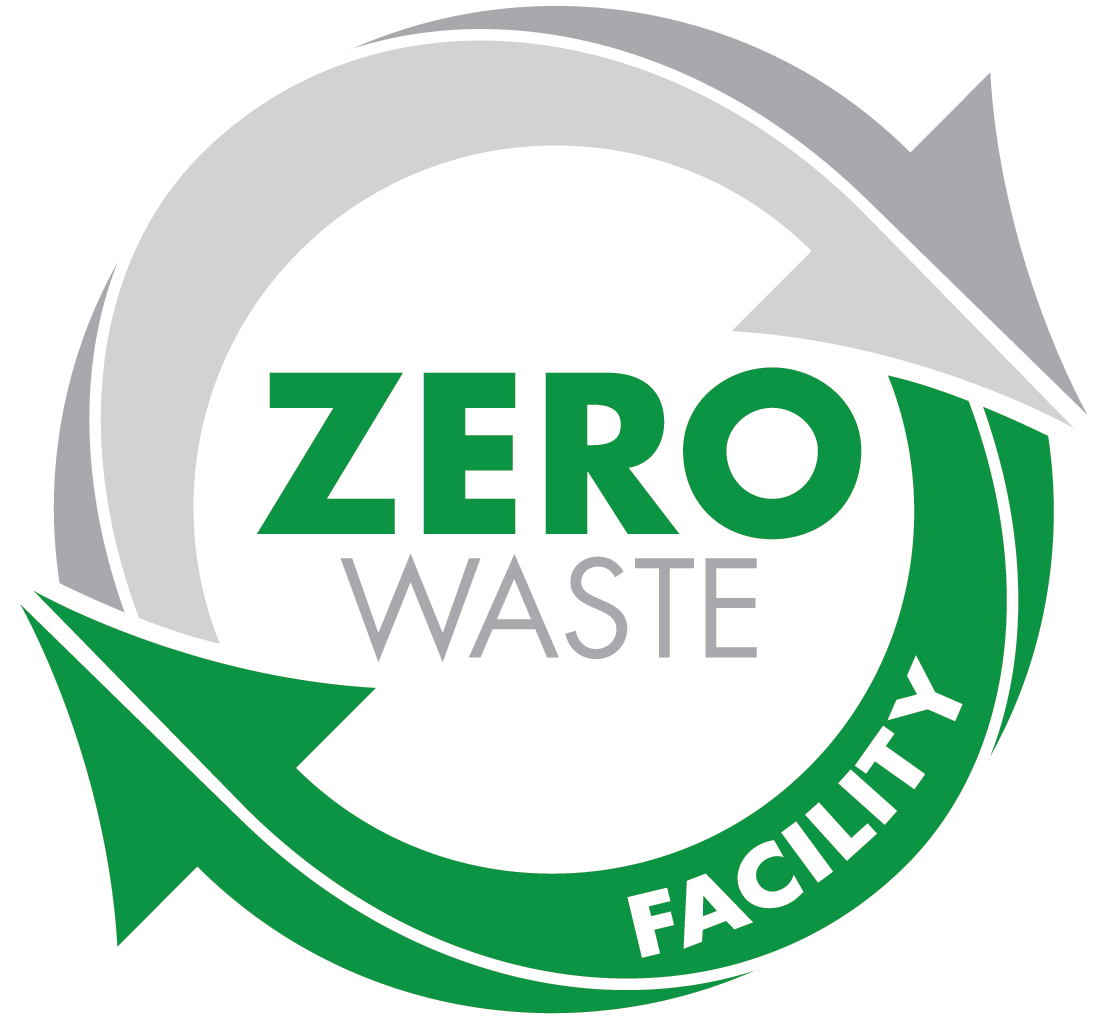Blog
Commonly known as Surface Mount Technology, SMT is a circuit board preparation technique in which the components are attached on the surface of the board. This compares to the Thru Hole Technology (THT) in which various electronic components are fixed in holes bored through the circuit board. Each of these PCBA assembly techniques has various benefits, making it suitable for use in a given process as opposed to another.
What are the Advantages of Each PCBA Method?
Advantages of SMT
- It allows for the installation of small components with minimal surface damage on the installed components.
- The process is easier to perform and comparatively cheaper than the more conventional THT soldering process.
- Since SMT does not involve drilling thru-holes, the board is left structurally intact and more stable
Advantages of THT
Although both SMT and THT play a significant role in defining the quality of boards produced, neither has a huge advantage over the other. In fact, when properly used, they effectively complement one another. There are however, some advantages of using THT over SMT in PCBA assembly, which include the following.
- Through Hole assembly technology allows for firm confinement of assembled components
- The TH technology is also suitable for the bi-ended transfer of electric current throughout the schematic of a given circuit board.
Another distinctive feature of SMT from THT is the nature of soldering done on the board. In SMT, the components are soldered on the surface of the board, while THT allows for drilled soldering of the components on the rear end of the PCBA assay. Think of a capacitor which has soldering legs, and a fuse which has none. These components should be properly welded onto the surface of a circuit board for it to function effectively. The “legged” components such as capacitors and control knobs are fixed by THT technology, while those without attachment hooks or “legs” are mounted on the surface of the board through SMT technology.






